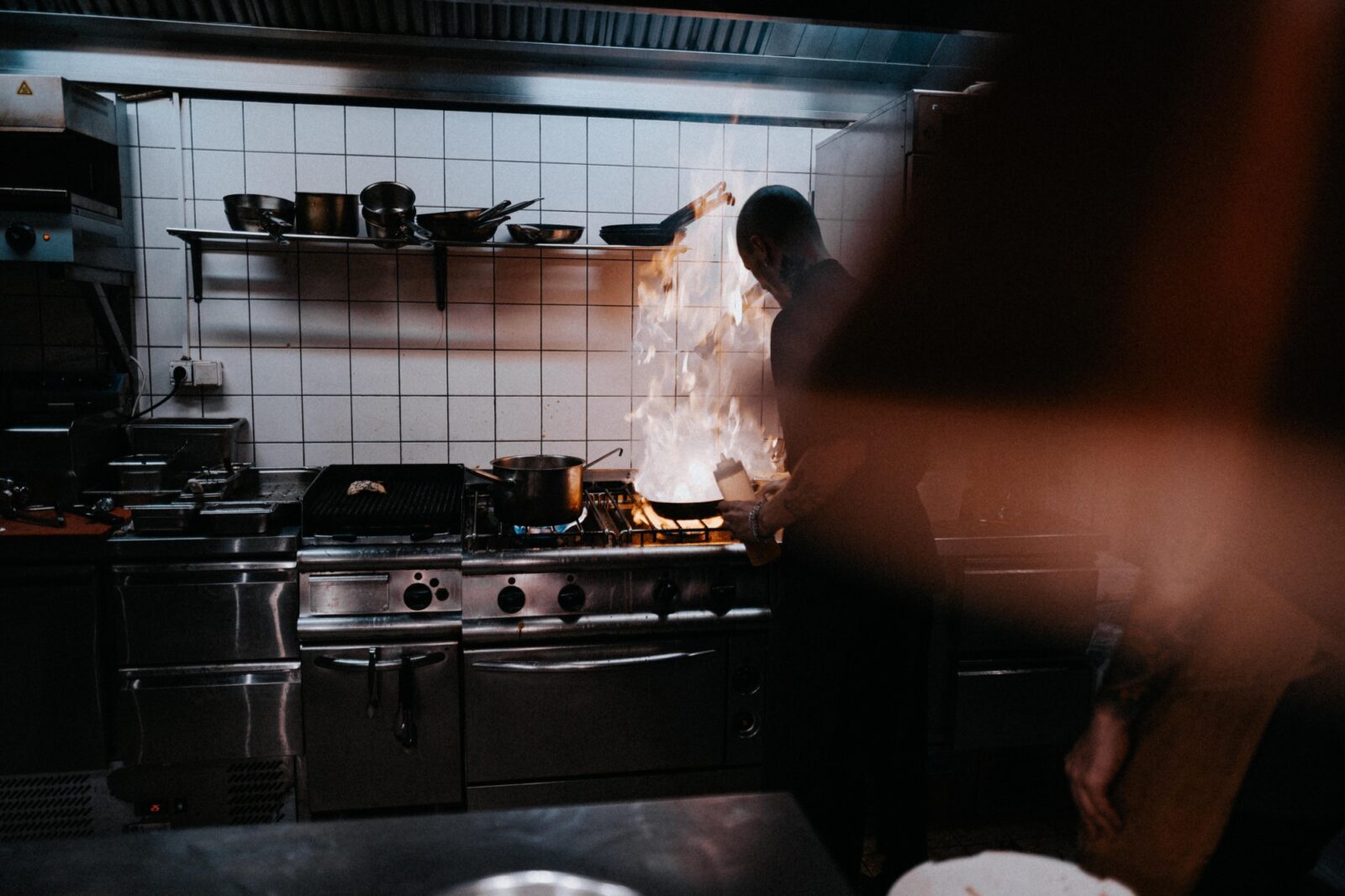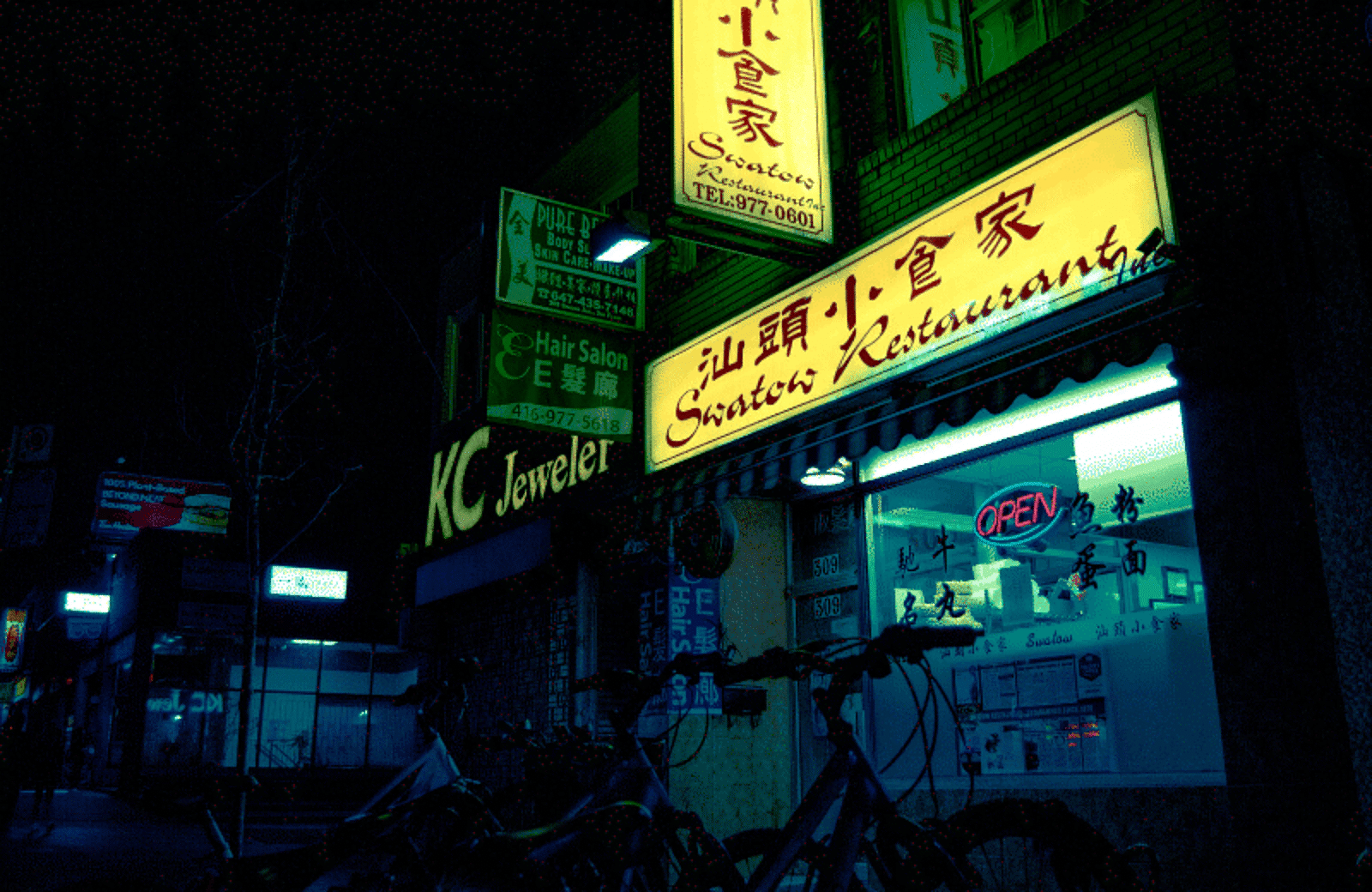
Ghost Kitchens vs Cloud Kitchens vs Virtual Restaurants (Differences Explained)
Get the full scoop on the differences between these delivery-only restaurant concepts.
Tyler MartinezAuthor
Ghost Kitchens, Cloud Kitchens, and Virtual Restaurants Explained
Delivery-only restaurant concepts are an exciting new business enterprise, set to grow 7.6% by 2027 with a projected total market volume of $466.2 billion (according to a Statista report.) But, before you get in on the delivery-only market, you should learn the differences between ghost kitchens, cloud kitchens, and virtual restaurants.
At their core, delivery-only concepts are restaurant brands that interface with customers through mobile and web apps, such as Toast TakeOut and DoorDash. This in-depth guide explains how these concepts function by highlighting the subtle differences between ghost kitchens, cloud kitchens, and virtual restaurants.
The result? You’ll have a more equipped knowledge to know if and how you can have a delivery concept of your own.
What is a Ghost Kitchen?
Ghost kitchens are the figurehead for delivery-only restaurant concepts. They are restaurant brands that work out of flexible commercial kitchen spaces. To reach customers, ghost kitchens create an in-house delivery system or invest in third-party delivery solutions.
Where ghost kitchen concepts operate can vary. It can be out of dark kitchens, shared kitchens, and sometimes even brick-and-mortar restaurants seeking to grow their delivery sales. These flexible business models are perfect for creative restauranteurs looking to take advantage of restaurant-quality delivery demand.
What is a Cloud Kitchen?
Cloud kitchens are a lot like ghost kitchens. They fill the same market niche, responding to the growing demand for restaurant-quality delivery. The difference is that cloud kitchens are delivery-only restaurant concepts that franchise their brand and menu to other cooks and kitchens.
The cloud kitchen approach allows a successful brand to thrive in the delivery-only market by expanding into dark kitchens, brick-and-mortar kitchens, and commissary spaces, extending the business’s reach. Some cloud kitchen concepts simply rebrand popular menus that the business franchises to restaurant owners.
What is a Virtual Restaurant?
“Virtual restaurants” or “virtual brands” are delivery-only concepts that operate out of brick-and-mortar restaurants. Some owners see the benefit in putting their staff to work on two businesses, one for delivery and one for FOH service.
Diversifying the business model can give restaurants access to delivery customers that previously required too many logistical hurdles to reach. They also give successful delivery-only concepts opportunities to expand into more markets.
What are the differences between Ghost Kitchens, Cloud Kitchens, and Virtual Restaurants?
The differences between these three delivery-only business models are subtle. Below, we describe the slightly different structure of each delivery-only restaurant concept.
Ghost kitchens are the original delivery-only brand and describe a company that - at its core - is a delivery-only concept.
Cloud Kitchens take the ghost kitchen into the franchise stage, expanding their businesses into other business models. They’re slightly more flexible than ghost kitchens.
Virtual restaurants start and often still operate in part out of traditional, brick-and-mortar restaurants. These are hybrid concepts that tap into the demand for restaurant-quality delivery.
What do all delivery-only concepts have in common?
All delivery-only concepts put restaurant-quality delivery front and center in their business model. Ghost kitchen, cloud kitchen, and virtual restaurant owners dedicate their businesses to creating memorable delivery experiences. At this market stage, all delivery-only concepts are experimental – they all tap into a growing demand for convenience and quality.
The test - however - is whether ghost kitchens can replicate the successful business model of traditional restaurants, generating enough loyal customers to create sustainable success. Otherwise, restauranteurs might capitalize on the flexibility of the delivery-only scene to stay ahead of the curve, delivering trend-setting dishes straight to customers’ doors.
Some common characteristics of delivery-only business models are:
Partnering with third-party delivery apps and marketplaces
Simple, straightforward menus that don’t require a lot of equipment or prep
Operating in shared kitchen space
Contemporary brands that appeal to customers who value convenience
Delivery-Only Concepts vs. Traditional Restaurants
The verdict on delivery-only concepts is still out, but they present some unique advantages – and disadvantages – compared to traditional, brick-and-mortar restaurants.
Pros
Avoid all the costs associated with operating a FOH, with lower labor costs and rent
Use third-party delivery apps to focus on the food and outsource some customer relations
More focus on the food rather than the ambiance of the FOH or customer experience
Take advantage of the growing demand for delivery
Flexible business models that are accessible to new, experimental restauranteurs
Cons
Lower-than-expected increase in profit margins when factoring in the costs of third-party delivery and paper/plastic goods
Marketing a restaurant concept online and with social media requires additional skills and investment
The sustainability of delivery-only models is untested
Interacting with customers entirely online is a barrier to attracting new customers and building customer relationships
No charismatic FOH staff to boost sales – they’re replaced with loyalty programs and digital promotions
Are delivery-only concepts the future of the restaurant industry?
If the market projections hold, we can expect to see growth in the delivery-only sector of the restaurant industry soon. Yet, business owners’ ability to ride the wave depends on how they adapt to the demands of the market.
Brick-and-mortar restaurants are a tested business model – successful restaurants might operate on slim margins but understand the give and take of the industry enough to build sustainable culinary institutions. Other flexible and tested business models - such as catering - produce many successful restauranteurs as well.
If ghost kitchens, cloud kitchens, and virtual restaurants want to be sustainable, they have to learn how to capture the hearts of the right consumers. For the most successful restaurants, it’s the way that their menu, brand, and restaurant all combine to spark a memory or ignite the imagination that keeps customers coming back. Delivery-only concepts will face the biggest hurdle in crafting those emotional experiences.
Still, the demand for convenience is here to stay. Even if the future of ghost kitchens and other delivery-only concepts is unclear, the customers that enjoy restaurant-quality delivery are likely to continue craving convenient gourmet meals from the comfort of home.
Want to continue expanding your knowledge of ghost kitchens, cloud kitchens, and virtual restaurants?
Related Ghost Kitchen Resources
- How Much Do Ghost Kitchens Make
- Cost to Open a Ghost Kitchen
Ghost Kitchen Business Plan - Ghost Kitchen Business Models
- Best Ghost Kitchen Companies
- How to Start a Ghost Kitchen
- What is a Ghost Kitchen
Is this article helpful?
DISCLAIMER: This information is provided for general informational purposes only, and publication does not constitute an endorsement. Toast does not warrant the accuracy or completeness of any information, text, graphics, links, or other items contained within this content. Toast does not guarantee you will achieve any specific results if you follow any advice herein. It may be advisable for you to consult with a professional such as a lawyer, accountant, or business advisor for advice specific to your situation.
Read More
Subscribe to On the Line
Sign up to get industry intel, advice, tools, and honest takes from real people tackling their restaurants’ greatest challenges.

